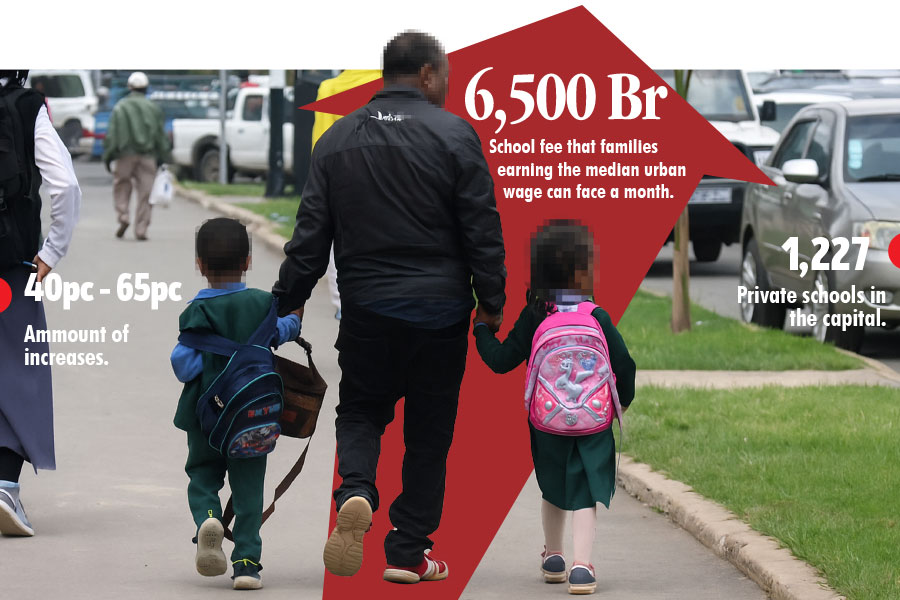The National Bank of Ethiopia (NBE) has issued a directive requiring foreign bank applicants to disclose any recent credit ratings issued by external agencies but does not impose a minimum rating threshold. Applicants must also secure a letter of no objection from the supervisory authority in their home country, submit authenticated founding documents, demonstrate strong financial standing, and provide a business plan outlining how they intend to integrate into Ethiopia’s financial system.
Foreign banks seeking to operate as subsidiaries or branches are required to remit a minimum paid-up capital of five billion Br in an acceptable foreign currency, USD, EUR, or GBP. Each branch must appoint a senior country officer who resides locally and establish a branch management committee responsible for overseeing local operations.
Ownership limits have been tightened: individuals may hold up to 7pc of a bank’s subscribed shares, legal entities up to 10pc, and total foreign ownership in non-subsidiary banks is capped at 49pc.
Foreign banks are permitted to operate either deposit-taking or non-deposit-taking branches, but not both. Each branch must appoint a senior country officer and set up a branch management committee.
The directive also includes fit-and-proper criteria for promoters, board members, and senior managers, and mandates that all customer data, account details, and transaction records be stored and processed within Ethiopia. The new rules took effect on June 25, 2025.
Editors’ Note: This article has been amended from its original form on July 02, 2025.
In our short story headlined, “NBE Demands Investment-Grade Rating for Foreign Banks” [Vol. 26 No. 1313, June 29, 2025], we incorrectly reported that “The National Bank of Ethiopia (NBE) has issued a new directive requiring foreign banks to hold an investment-grade rating of at least BBB from Standard & Poor’s or Fitch, or BAA from Moody’s, as a precondition for entering the local banking sector.”
The story has since been corrected to reflect that “The National Bank of Ethiopia (NBE) has issued a directive requiring foreign bank applicants to disclose any recent credit ratings issued by external agencies but does not impose a minimum rating threshold.”
Our publication adheres to a policy of promptly correcting any errors discovered in reporting, editing, or design. We do apologise for the error.








 Loading your updates...
Loading your updates...